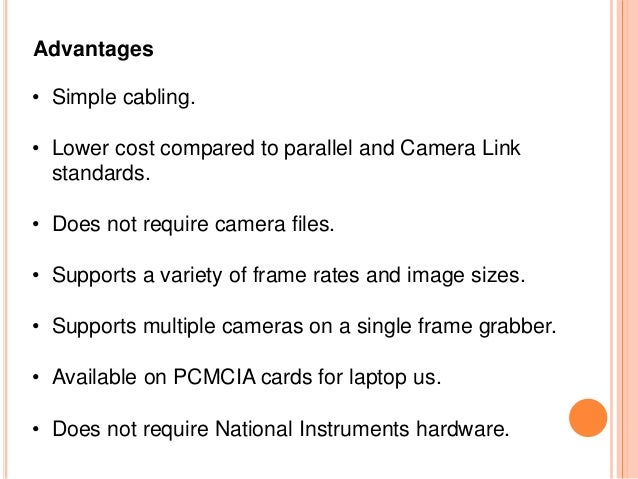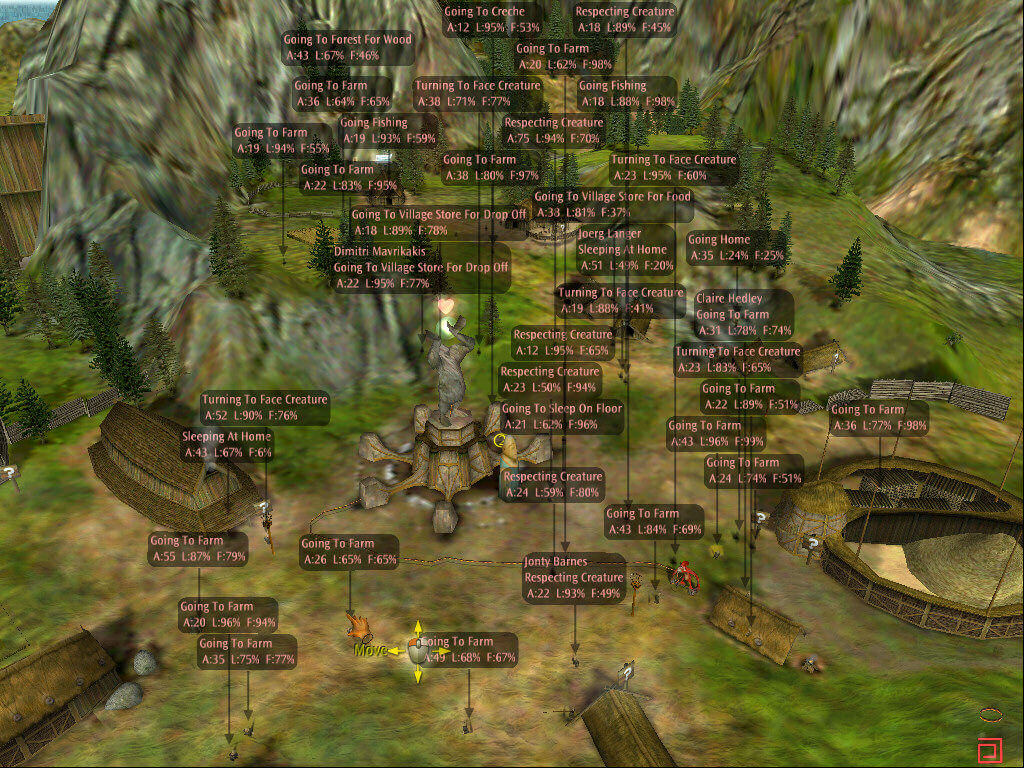Advantages Of Serial Communication Over Parallel Communication

Read more on serial transmission and parallel transmission or sign up to download our. Parallel transmission can take place within a computer system, through a. Less important compared to the economic advantage of serial transmission. Sep 03, 2013 Before the development of high-speed serial technologies, the choice of parallel links over serial links was driven by these factors: Speed: Superficially, the speed of a parallel link is equal to bit rate*number of channels. In practice, clock skew reduces the speed of.
Download generic trial program starter 101 download download and reviews 2016. Parallel versus serial communication In, parallel communication is a method of conveying multiple binary digits () simultaneously. It contrasts with, which conveys only a single bit at a time; this distinction is one way of characterizing a communications link. The basic difference between a parallel and a serial is the number of electrical conductors used at the to convey bits. Parallel communication implies more than one such conductor.  For example, an 8-bit parallel channel will convey eight bits (or a ) simultaneously, whereas a serial channel would convey those same bits sequentially, one at a time.
For example, an 8-bit parallel channel will convey eight bits (or a ) simultaneously, whereas a serial channel would convey those same bits sequentially, one at a time.
If both channels operated at the same, the parallel channel would be eight times faster. A parallel channel may have additional conductors for other signals, such as a clock signal to pace the flow of data, a signal to control the direction of data flow, and signals. Parallel communication is and always has been widely used within, in buses, and in memory devices such as. Computer system buses, on the other hand, have evolved over time: parallel communication was commonly used in earlier system buses, whereas serial communications are prevalent in modern computers.
Contents • • • • Examples of parallel communication systems [ ] • Direct Control Feature (1964).: p.18 Standard System/360 had an eight-bit wide port. The process-control variant had a 32-bit width. • Computer peripheral buses:,,, and, and the once-ubiquitous / • Laboratory Instrumentation bus • (see more examples at ) Comparison with serial links [ ] Before the development of high-speed serial technologies, the choice of parallel links over serial links was driven by these factors: • Speed: Superficially, the speed of a parallel data link is equal to the number of bits sent at one time times the of each individual path; doubling the number of bits sent at once doubles the data rate. In practice, reduces the speed of every link to the slowest of all of the links.
• Cable length: creates interference between the parallel lines, and the effect worsens with the length of the communication link. This places an upper limit on the length of a parallel data connection that is usually shorter than a serial connection. • Complexity: Parallel data links are easily implemented in hardware, making them a logical choice. Creating a in a computer system is relatively simple, requiring only a to copy data onto a. In contrast, most serial communication must first be converted back into parallel form by a (UART) before they may be directly connected to a data bus. The decreasing cost and better performance of has led to serial links being used in favor of parallel links; for example, printer ports vs., vs., and or are now the most common connectors for transferring data from (audiovisual) devices such as digital cameras or professional-grade scanners that used to require purchasing a SCSI HBA years ago.